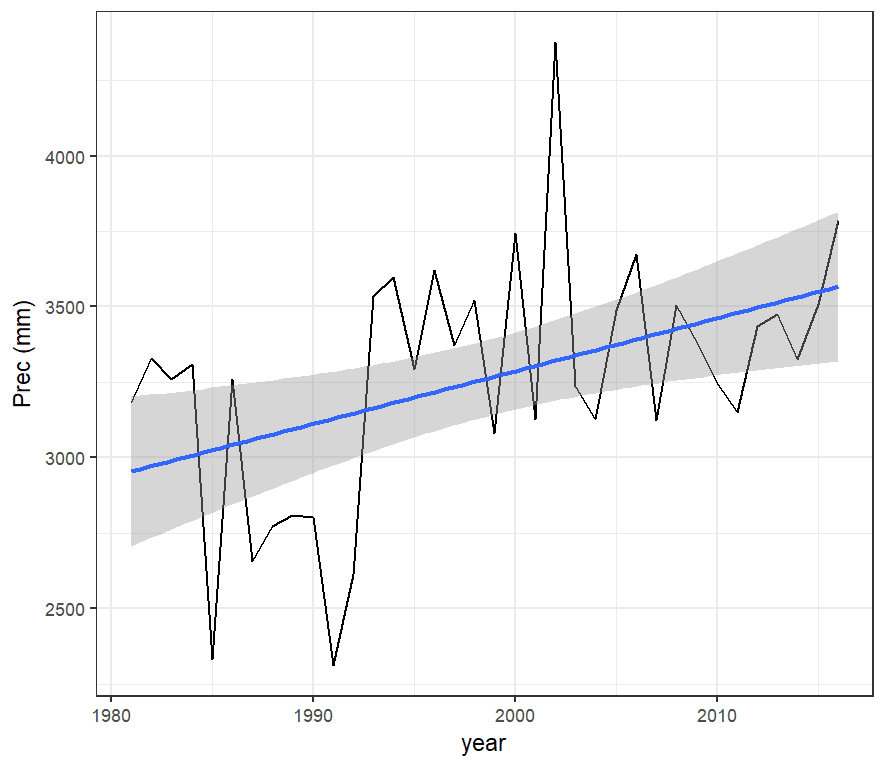
In case you have any further questions on this topic, please let me know in the comments. summarizing values by a group such as dates, names, or countries.
#Dplyr summarize sum if how to
This tutorial explained how to add values in order to compute the sum of a column, a variable, or a simple vector, i.e. I have the following data frame: set.seed (42) df <- dataframe (x sample (0:100, 50, replace T), y sample (c (T, F), 50, replace T)) I would like to create a third column z that will be the sum of column x, but only if there are more than 3 true s in a row in column y. For that reason, you might want to have a look at some of the other R tutorials that I have published on my website: However, there is much more to learn on the addition of numeric values and also there is much more to learn regarding the R programming language. Dplyr package has summarise (), summariseat (), summariseif (), summariseall () We will be using mtcars data to depict the example of summarise function.
library (dplyr) library (zoo) sum3 <- function (z) all (z, 'y') sum (z, 'x') df > mutate (sum rollapplyr (df, 3, sum3, by.column FALSE, fill 0)) giving: A tibble: 50 x 3 x y sumThis tutorial showed how to calculate group sums based on the R programming language. Dplyr package in R is provided with summarise () function which gets the summary of dataset in R. The question did not specify what values to use if there are not 3 TRUE values so we will use 0. # 3 virginica 329.Īs you can see, the values are the same as in Example 1 (besides the fact that they are rounded). Summarise multiple columns summariseall dplyr Summarise multiple columns Source: R/colwise-mutate.R Scoped verbs ( if, at, all) have been superseded by the use of pick () or across () in an existing verb. When we do this we have the ability to easily compute summary stats by different combinations of the grouping variables. List (name = sum ) ) # Specify function # A tibble: 3 x 2 # Species name # 1 setosa 250. When using summarize(), we can also count the number of rows being summarized, which can be important for interpreting the associated statistics. 5th percentile (detail only) r(sum) sum of variable r(p10). #> 10 D160 3 694712.Group_by (Species ) %>% # Specify group indicator When we performed summarize, we learned that the minimum and maximum were 12 and 41. curgroup () gives the group keys, a tibble with one row and one column for each grouping variable.

Using: date #> # A tibble: 30 × 3 #> # Groups: id #> id date value #> #> -01-01 377389. These functions return information about the 'current' group or 'current' variable, so only work inside specific contexts like summarise () and mutate (). #> # ℹ 313 more rows # Total each year (.by is set to "year" now) m4_daily %>% group_by ( id ) %>% summarise_by_time (.


However, it does not give me the desired output: > dput (sys) structure (list (NUMERIC c (244L, 24L, 1L, 2L, 4L, 111L, 23L, 2L, 3L, 4L, 24L), VAL c ('FALSE', 'FALSE', 'TES', 'TEST', 'TRUE', 'TRUE', 'TRUE', 'asdfs', 'asdfs', 'safd', 'sd'), IDENTIFIER c (99L, 99L, 98L, 98L, 99L. And in this tidyverse tutorial, we will learn how to use dplyr’s groupby () and summarise () functions to group the data frame by one or more variables and compute one or more summary statistics using summarise () function.

type = "ceiling" ) %>% # Shift to the last day of the month mutate (date = date %-time% "1 day" ) #>. I am using the dplyr to make a sumIF function on my data frame. Group By Sum in R using dplyr You can use groupby () function along with the summarise () from dplyr package to find the group by sum in R DataFrame, groupby () returns the groupeddf ( A grouped Data Frame) and use summarise () on grouped df results to get the group by sum. #> # ℹ 313 more rows # Last value in each month (day is first day of next month with ceiling option) m4_daily %>% group_by ( id ) %>% summarise_by_time (. by = "month", # Setup for monthly aggregation # Summarization value = first ( value ) ) #> # A tibble: 323 × 3 #> # Groups: id #> id date value #> #> -07-01 2076. However, you can use the mutate () function to summarize data while keeping all of the columns in the data frame. # Libraries library ( timetk ) library ( dplyr ) # First value in each month m4_daily %>% group_by ( id ) %>% summarise_by_time (. Novemby Zach dplyr: How to Summarise Data But Keep All Columns When using the summarise () function in dplyr, all variables not included in the summarise () or groupby () functions will automatically be dropped.


 0 kommentar(er)
0 kommentar(er)
